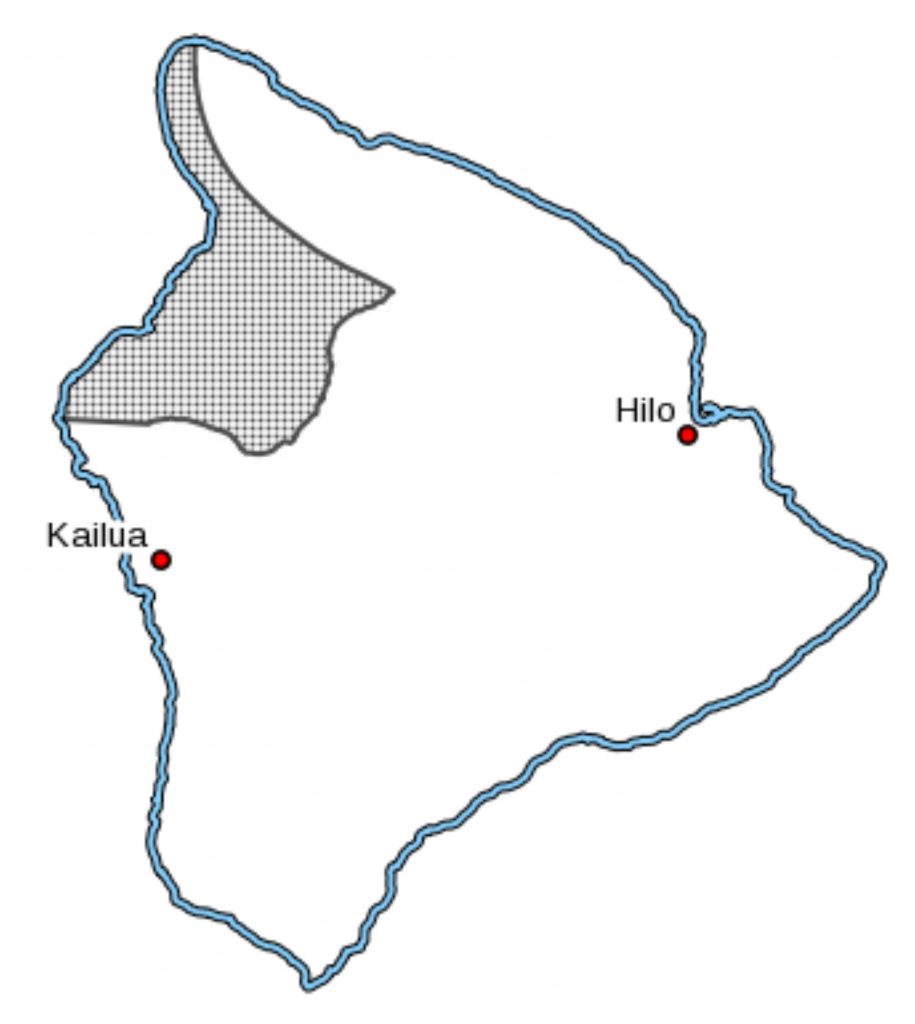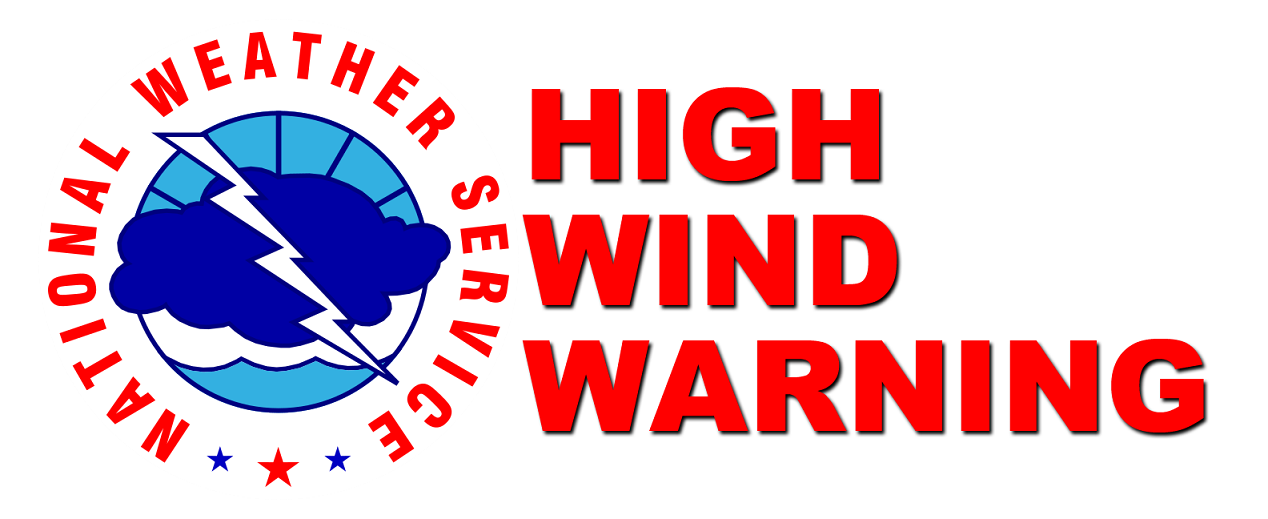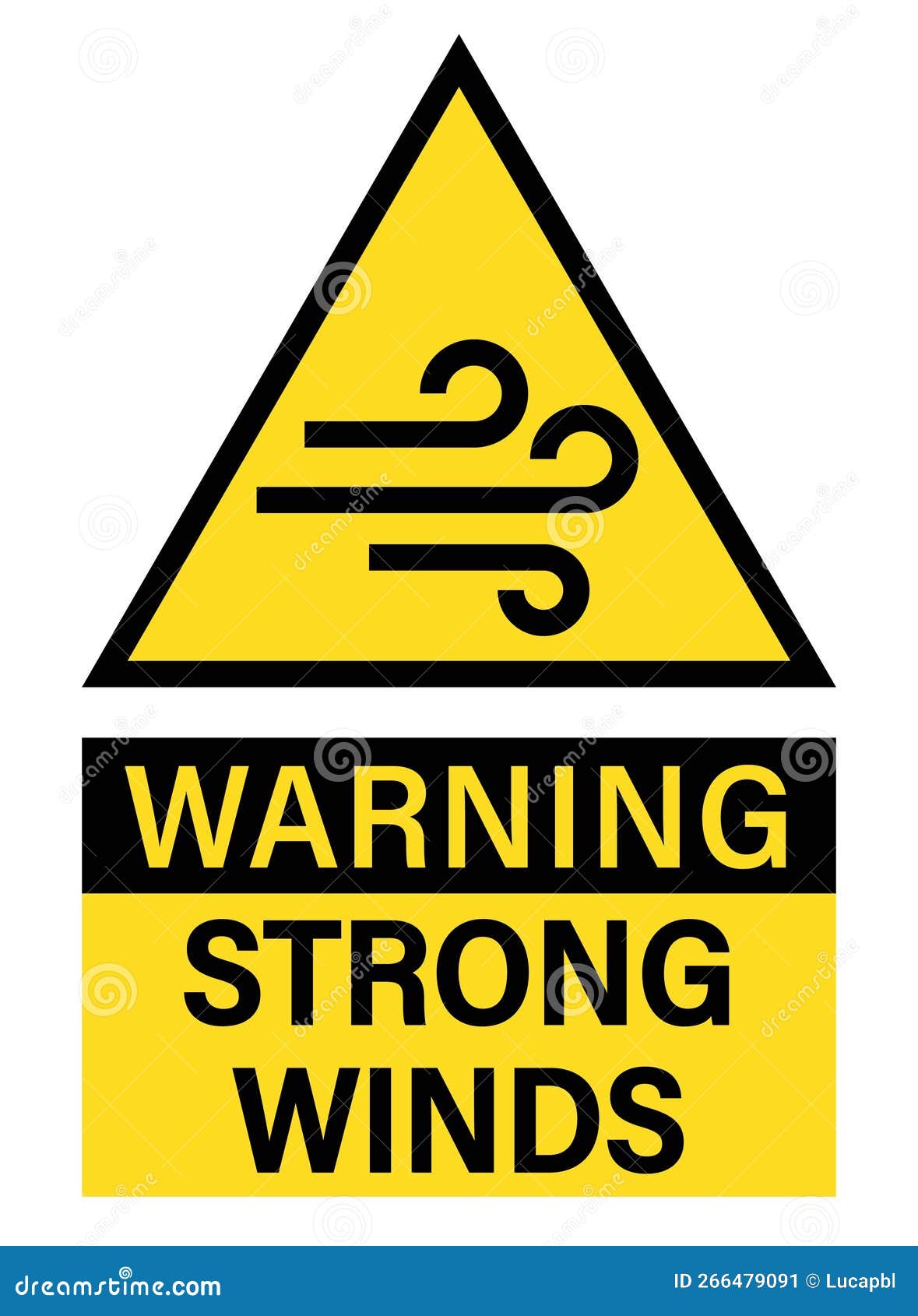Understanding High Wind Warnings: What You Need to Know
High wind warnings are crucial alerts issued by meteorological agencies to inform the public about expected strong wind conditions that could pose a threat to life and property. Understanding these warnings is essential for preparation and safety. This article delves into the intricacies of high wind warnings, offering valuable insights to keep you informed and prepared.
Key Takeaways
- High wind warnings are issued when sustained winds of 40 mph or greater are expected for at least an hour, or gusts of 58 mph or greater are anticipated.
- These warnings help mitigate risks to life and property by providing advance notice to take precautionary measures.
- Understanding the difference between watches, warnings, and advisories is crucial for appropriate response.
- Preparation tips include securing outdoor objects, staying indoors, and having emergency supplies ready.
- High wind conditions can lead to power outages, property damage, and hazardous travel conditions.
What Constitutes a High Wind Warning?
A high wind warning is issued by meteorological agencies when there is an expectation of sustained winds reaching 40 mph or higher for at least an hour, or wind gusts reaching 58 mph or more. These conditions can lead to significant disruptions, including damage to structures, downed trees, and power outages. The warning serves as an alert to the public to prepare for potentially hazardous conditions.
High Wind Warning vs. Watch and Advisory

Understanding the terminology used in weather alerts is crucial for appropriate preparation and response:
- High Wind Watch: This is issued when there is a potential for high wind conditions in the near future. It serves as an early alert to stay informed and be prepared for possible warnings.
- High Wind Advisory: This indicates that winds are expected to be strong, but not as severe as those warranting a warning. It suggests taking precautions to avoid inconvenience and minor damage.
- High Wind Warning: This is the most urgent alert, indicating that high wind conditions are imminent or occurring. Immediate action is advised to ensure safety.
Potential Impacts of High Wind Conditions

High wind conditions can have a wide range of impacts on daily life and infrastructure. Some of the common consequences include:
- Power Outages: Strong winds can down power lines, leading to widespread outages that may last for hours or even days.
- Property Damage: Roofs, windows, and other structures may sustain damage from flying debris or the sheer force of the wind.
- Travel Hazards: High winds can make driving dangerous, especially for high-profile vehicles such as trucks and buses. Air travel may also be disrupted.
- Fallen Trees and Debris: Trees and branches may be uprooted or broken, posing a threat to people and property.
How to Prepare for a High Wind Warning
Preparation is key to minimizing the risks associated with high wind conditions. Here are some essential steps to take when a high wind warning is issued:

- Secure Outdoor Objects: Bring in or tie down any outdoor furniture, decorations, or other items that could become projectiles.
- Stay Indoors: If possible, remain inside during the warning period to avoid injury from flying debris.
- Emergency Supplies: Ensure you have a supply of food, water, flashlights, and batteries in case of power outages.
- Stay Informed: Monitor local news and weather updates for the latest information and instructions.
- Protect Windows: Consider using storm shutters or plywood to protect windows from breaking.
Staying Safe During High Wind Events

Safety should be the top priority during high wind events. Here are some tips to stay safe:
- Avoid Unnecessary Travel: If you must drive, exercise caution and be aware of potential hazards such as fallen trees and power lines.
- Stay Away from Windows: Strong winds can shatter glass, so it’s best to stay in an interior room.
- Use Caution with Power Tools: If using generators or other tools, follow safety guidelines to prevent accidents.

High wind warnings play a crucial role in safeguarding communities by providing advance notice of potentially dangerous wind conditions. By understanding what these warnings entail and how to respond effectively, individuals can protect themselves and their property from harm. Always take high wind warnings seriously and follow the recommended safety measures to ensure the best possible outcome during these powerful weather events.…